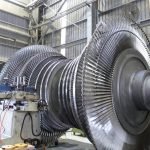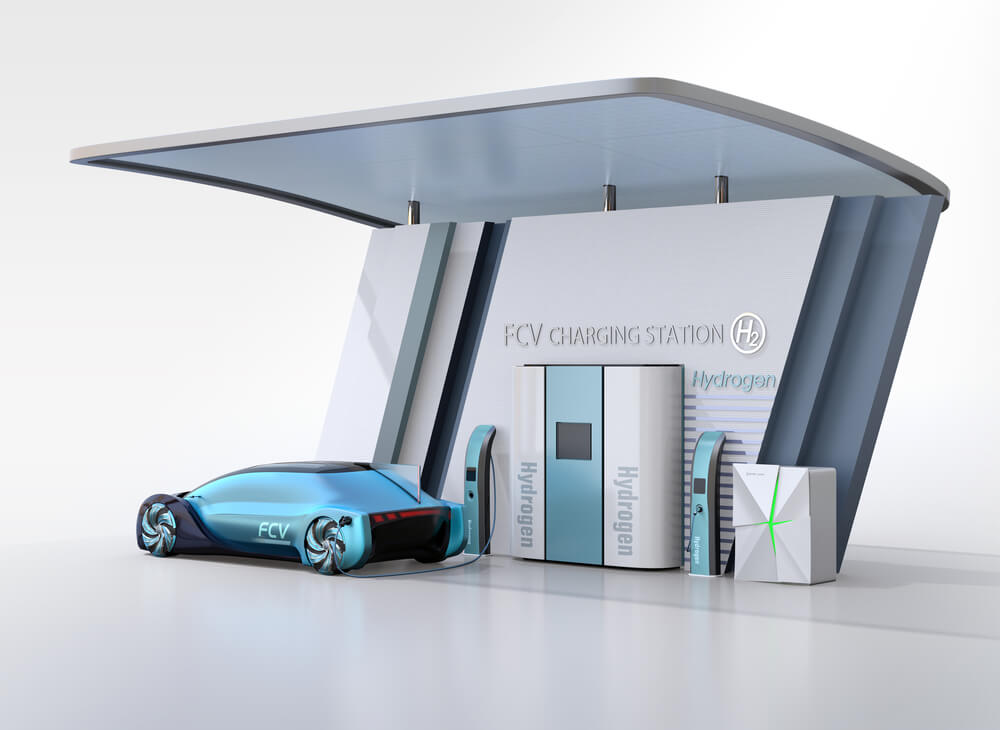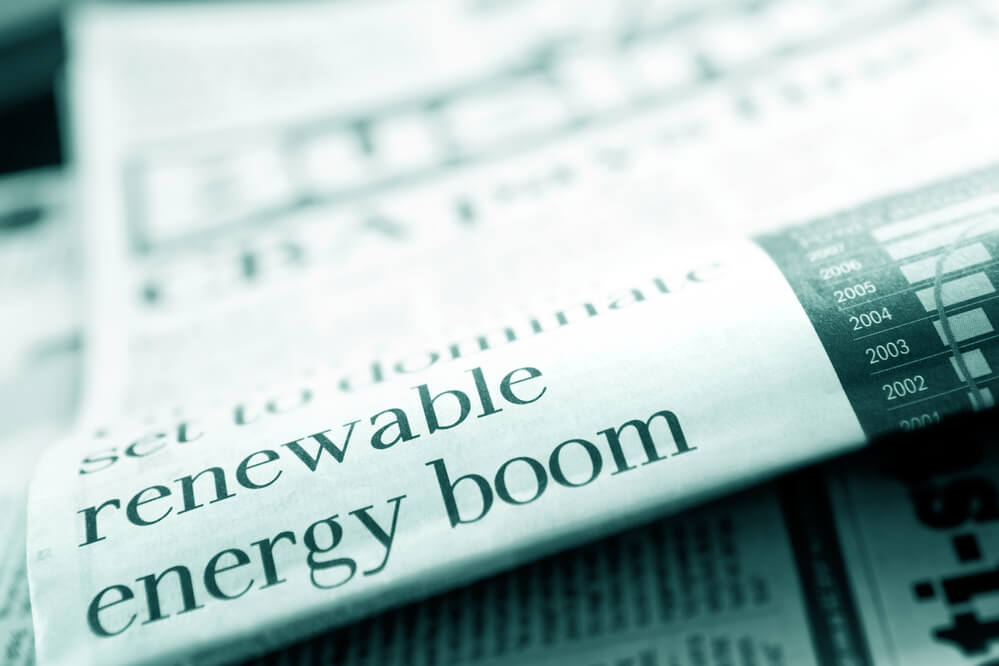Like everything else in the world, there will be both advantages and disadvantages of using coal as a form of energy.
As the world is trying to shift towards cleaner energy, it is more important to focus on what is good and bad about our energy.
Coal has been a primary source of fuel across the world starting in the 18th century.
It helped power steam trains and steamships and was the main reason that we had the Industrial Revolution.
However, this energy source has raised many concerns because of the impact it has on the environment.
Let’s take a quick look at some of the advantages and disadvantages of coal and how it truly impacts our environment.
Advantages of Coal Energy
First, we are going to discuss all of the good things about using coal energy.
Some of these advantages include how available it is, how much money it costs to operate, and its load factor.
Abundant Supply
Countries that are industrialized, such as Russia, China, India, and the United States all have large amounts of coal available to them.
It is estimated that the United States has mined enough coal to last for at least 400 years.
This means that plenty of coal is available for use, making it possible to focus on other needs.
High Load Factor
Another great advantage of coal is that it has a high load factor.
This means that coal has the potential to provide continuous power.
The energy provided is predictable and efficient, something we don’t experience with other energy sources.
Unlike other sources of energy, like wind and solar, coal has the ability to provide energy all day and all night. It is also not impacted by weather conditions like hydro is impacted by the cold.
This makes it reliable and is why coal is such a popular source of energy.
Compatible with Other Sources
Coal is compatible with other sources of energy.
This means that you could easily incorporate solar or wind energy into coal facilities.
This can result in lower carbon emissions, long-term energy production, and a higher economic output.
Convertible
In addition to being compatible with other energy sources, coal can be converted into multiple different formats.
This means that it can be a solid, liquid, or gas. It is used in the form that makes the most sense and offers the most convenience.
You can easily pack up coal and transport it when necessary.
Being convertible also makes it incredibly easy to store coal.
We have even developed new storage that reduces the amount of emissions from the coal during the storage process.
This can work to improve our environment.
Cost-Effective
Coal is known to be the cheapest type of fossil fuel.
Extraction is generally easy, and the coal is safe to transport after it has been mined without needing anything special.
It can last forever when stored in a cool, dry place.
Most of our technology already has the ability to work with coal, so there aren’t any extra conversion costs to switch to using coal.
The cost of energy that is generated by coal is also cheaper than other sources of energy.
Disadvantages of Coal Energy
It is just as important to understand the disadvantages of coal energy as it is to understand the advantages.
This can help you make an informed decision on coal as an energy source.
Not Renewable
Coal is a finite source.
This means that as we use it, our resources will start to deplete, and we will not be able to replace them.
While we might have hundreds of years of supply available now, we will run out at some point.
This means we need to have a backup for when we do eventually run out.
Carbon Dioxide
It is believed that coal energy is one of the most significant contributors to global warming because of the carbon dioxide that is produced when coal is burned.
Carbon dioxide is not good for our environment and can have many negative impacts.
Over-exposure to carbon dioxide can also have an impact on our health.
Radiation
One of the major disadvantages of burning coal is that it produces radiation in the form of coal ash.
This ash will settle in the surrounding areas of the coal plant.
Some tests have shown that a coal plant has the ability to produce 100 times more radiation than a nuclear power plant does.
Coal can also produce things like nitrous oxide, mercury, heavy metals, and other dangers to the environment.
Impact of Mining on the Environment
Mining coal has an impact on the environment just like burning it does.
Mining disrupts the environment which can cause damage to landscape, water, habitats, and other wildlife. It is very common for entire ecosystems to fail when the mining of coal starts.
Mining can also displace humans. In countries where coal is actively mined, massive numbers of people have to relocate because being near a mine isn’t safe for people to live.
The ground has the potential to cave in and endanger them.
Waste and Noise Pollution
Coal plants produce as much as 1.2 million tons of waste every single year.
While 40% of this is recycled, the other 60% (80 million tons) of waste goes straight into a landfill or a containment pond for “safe” keeping.
The machinery that is used to mine coal is very disruptive, loud, and large.
The noise can impact the coal miners and other employees and residents that live in the area.
This can be annoying and cause headaches for everyone.
Summary
There are several advantages and disadvantages to using coal energy.
The ones listed above are considered the most important, but many more reasons need to be considered when determining if coal is the right way to go.
Some of the advantages of coal is that it is reliable, abundant, and inexpensive.
Some disadvantages include the impact on the environment and the population’s health, especially the coal miners.






